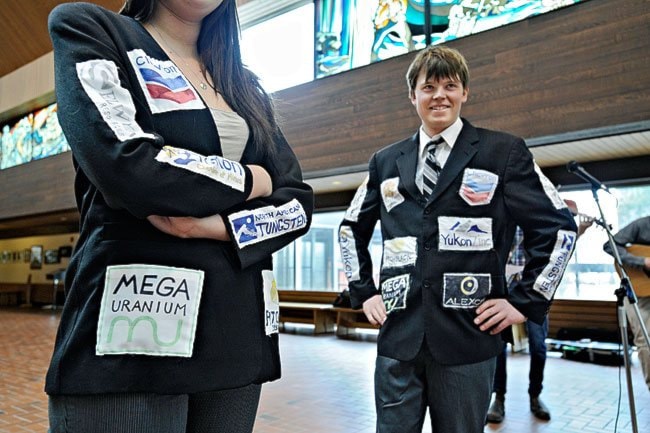Premier Darrell Pasloski said this week that the Yukon’s new plan for the Peel watershed represents the balance his government was trying to achieve.
Hundreds of people in several Yukon and N.W.T. communities rallied Wednesday in opposition to the government’s plan and in support of the lawsuit launched by First Nations seeking to strike it down.
The government’s plan opens 71 per cent of the region to new mineral staking.
First Nations and conservation groups are in favour of the planning commission’s final recommended plan, which called for protection from roads and development in 80 per cent of the area.
But mining groups oppose the Yukon’s new plan, too, saying conditions on development are too restrictive and will make many mining project uneconomic.
That is evidence that the government has found the balance it was looking for, said Pasloski.
“So what we have here is both ends of the spectrum, not happy. And I think that speaks a lot to what we were trying to achieve.”
At least 300 people came out to the Whitehorse rally Wednesday afternoon.
O Canada played over the speakers as a Protect the Peel flag was raised over the legislative building, between the Canadian and Yukon flags.
A group of teenagers showed up early, on a lunch break from school, and played a dance game while they waited for the rally to start. They wore signs that said “I feel ignored,” “I feel unheard,” “I feel betrayed.”
Several of the people who lined up for their chance to speak spoke in their aboriginal languages.
Pasloski said he hopes the people who came out to protest will take the time to read the government’s plan.
“I think if the media, if citizens actually sit down and look at what the plan says, I think that will answer a lot of questions for people.”
Yukon Party MLA Darius Elias, for the riding of Vuntut Gwitchin, attended the rally.
“It was good to see people come out, it shows they care about their territory,” he wrote in an email Thursday.
He said he will not comment on the government’s plan or the legal action against it until he has had a chance to meet with his constituents, which he hopes to do soon.
Reports surfaced on Twitter and Facebook Wednesday that Elias was deleting the comments of constituents about the Peel off of his personal Facebook page.
He deleted all of the comments, not just the critical ones, because the dialogue was no longer healthy, Elias wrote in his email.
Half of his 900 Facebook friends are children, he said.
“They read this unhealthy dialogue and don’t understand and they get downright concerned.”
The Vuntut Gwitchin government stands with the other three affected First Nations in support of the planning commission’s final recommended plan.
This conflict over the Peel is one of several recent battles with First Nations over questions of land and resource development in the Yukon.
When asked if his government has a plan to repair relationships with First Nations, Pasloski said he disagrees with the premise that the relationships are in need of repair.
“I believe that there are a lot more things that unite the governments than divide these governments.”
He cited as examples the recent partnership agreement with the Carcross/Tagish First Nation to bring commercial developments to the area and a number of other agreements recently signed with Yukon First Nations.
Contact Jacqueline Ronson at
jronson@yukon-news.com
